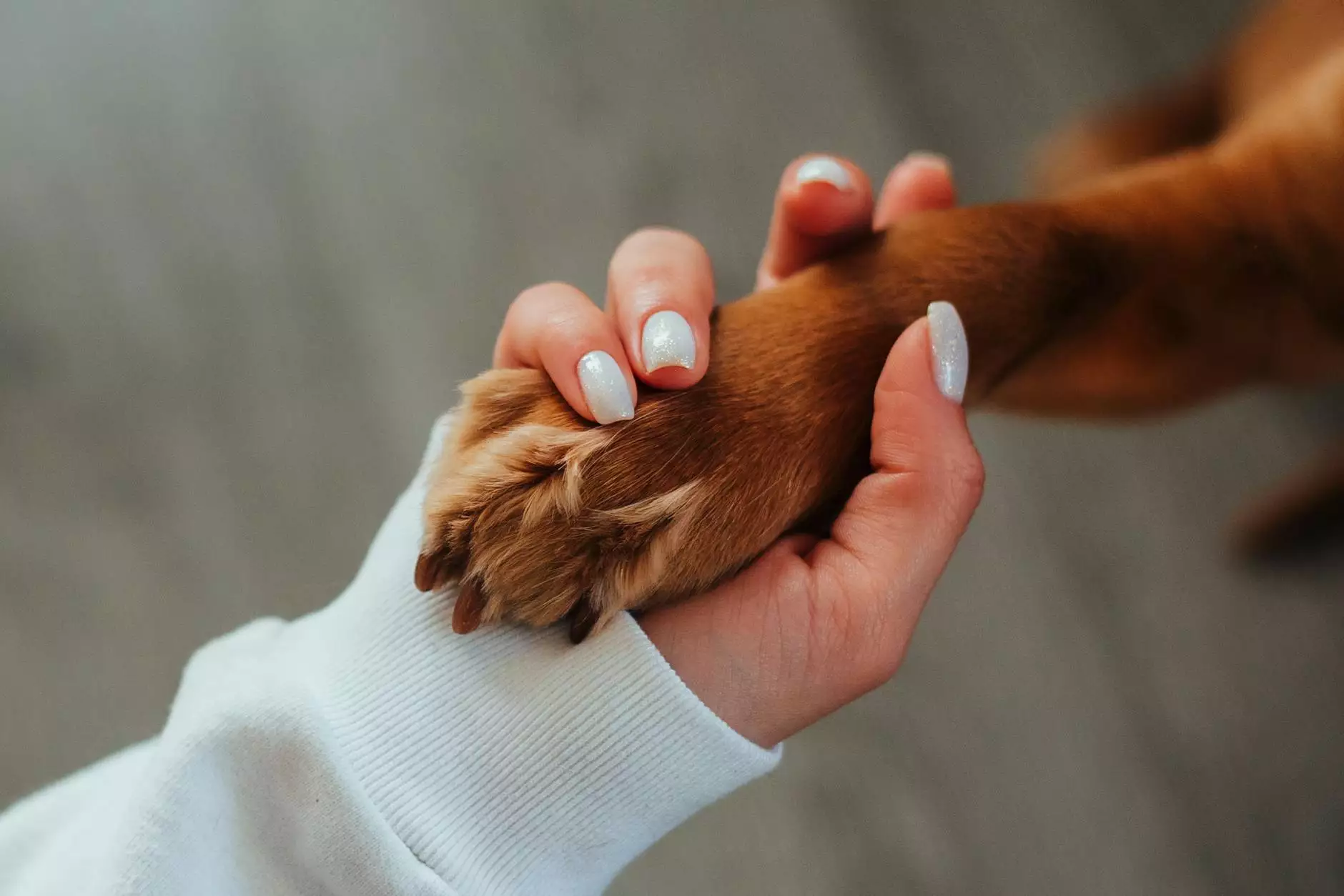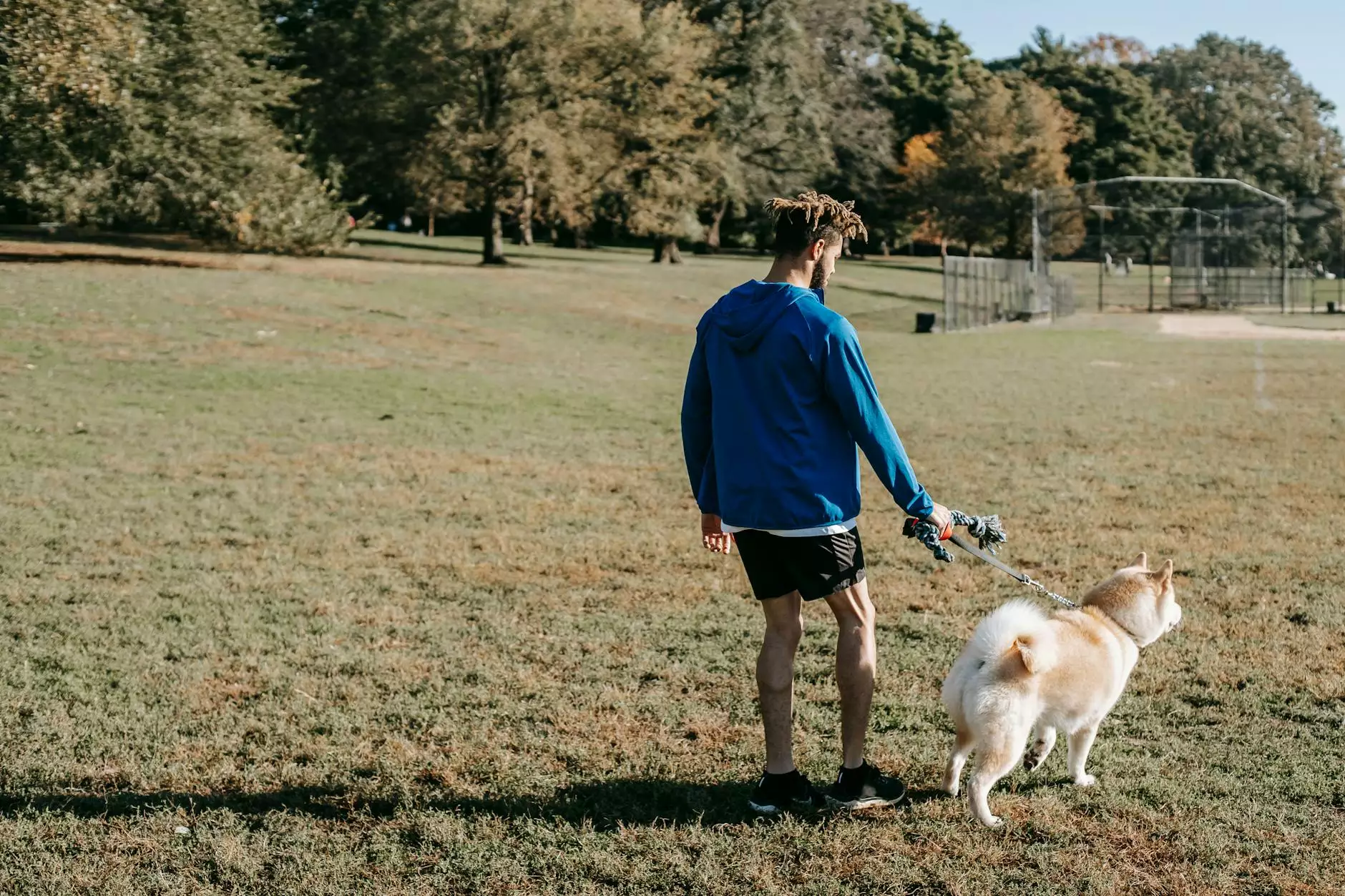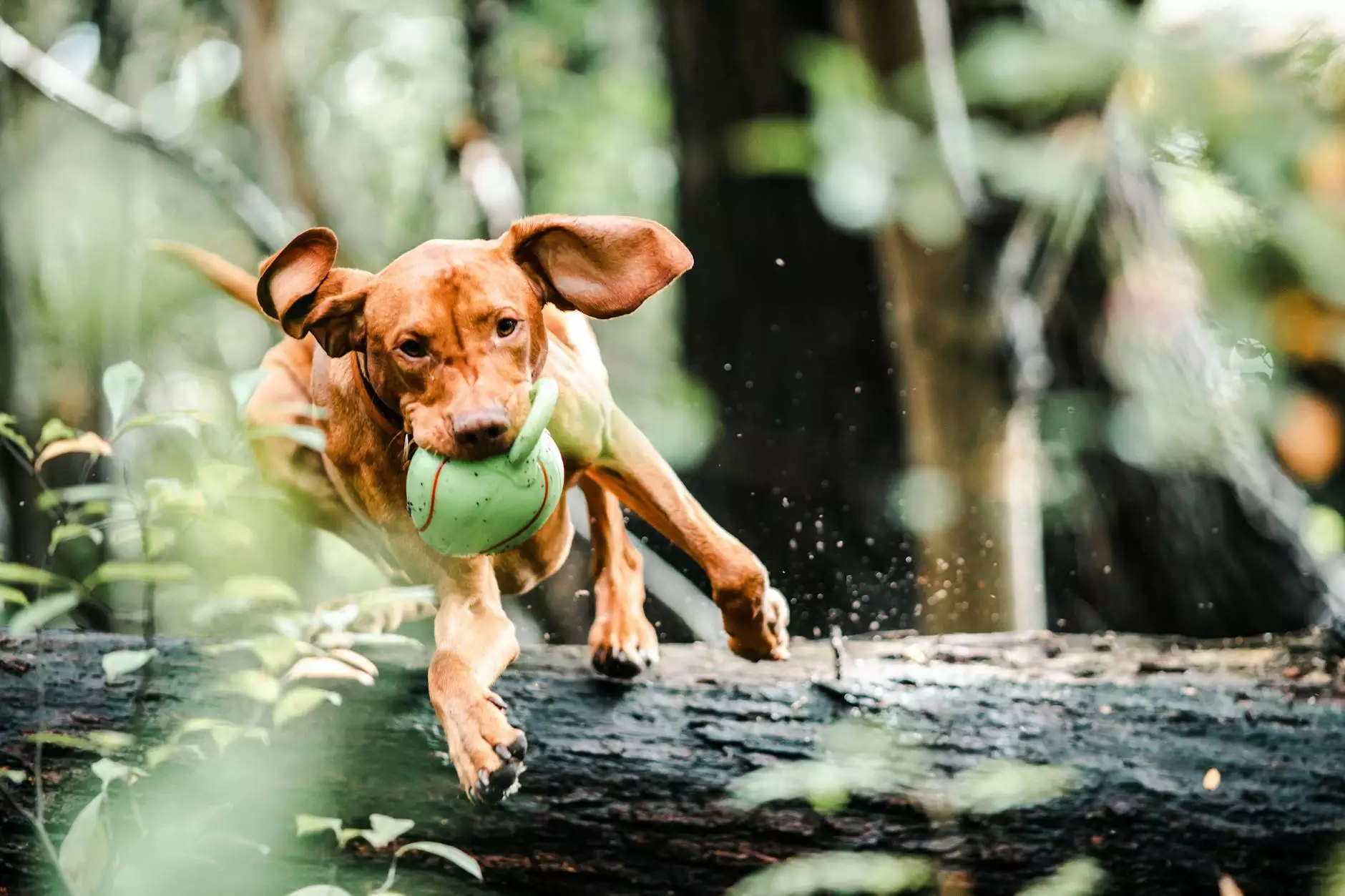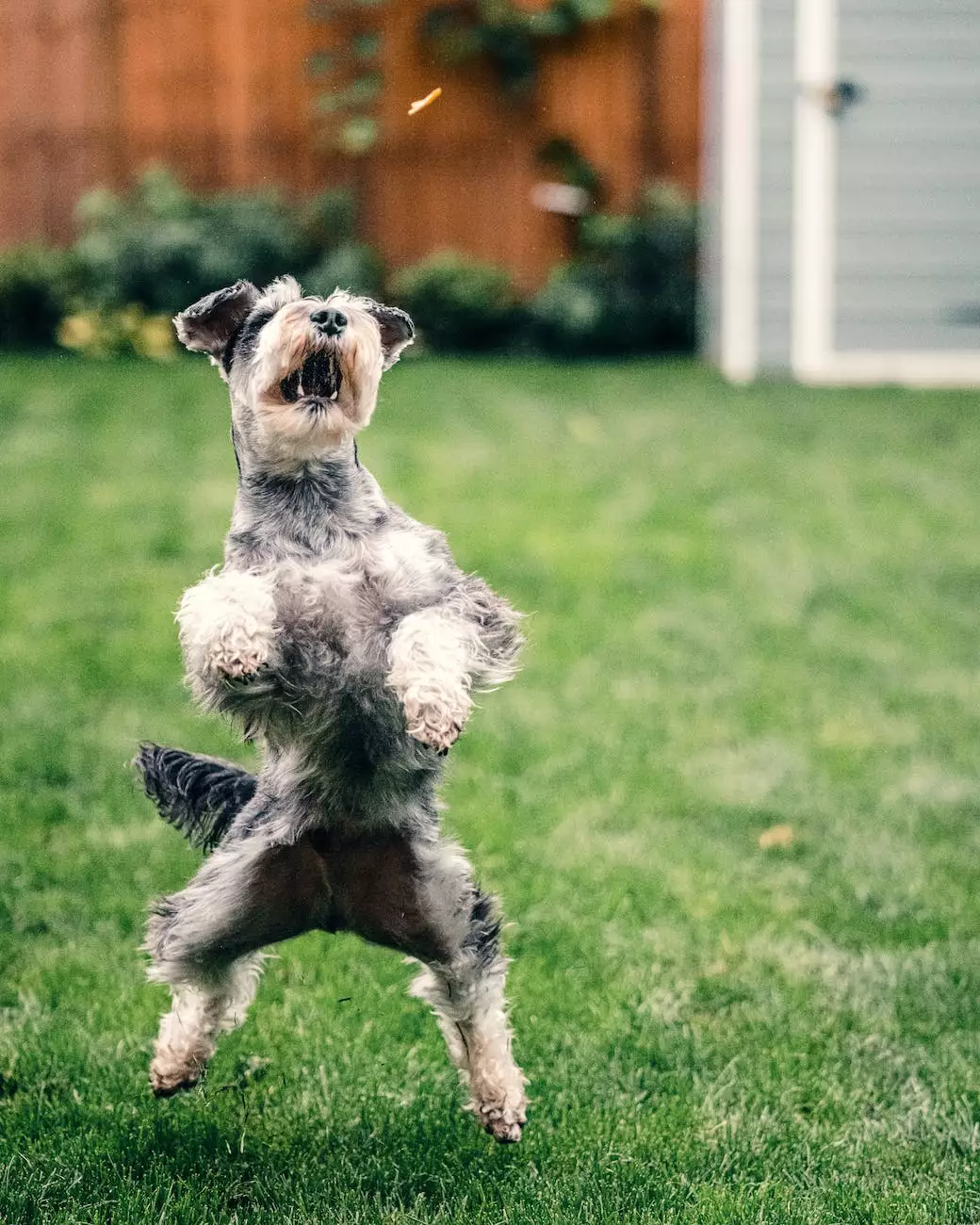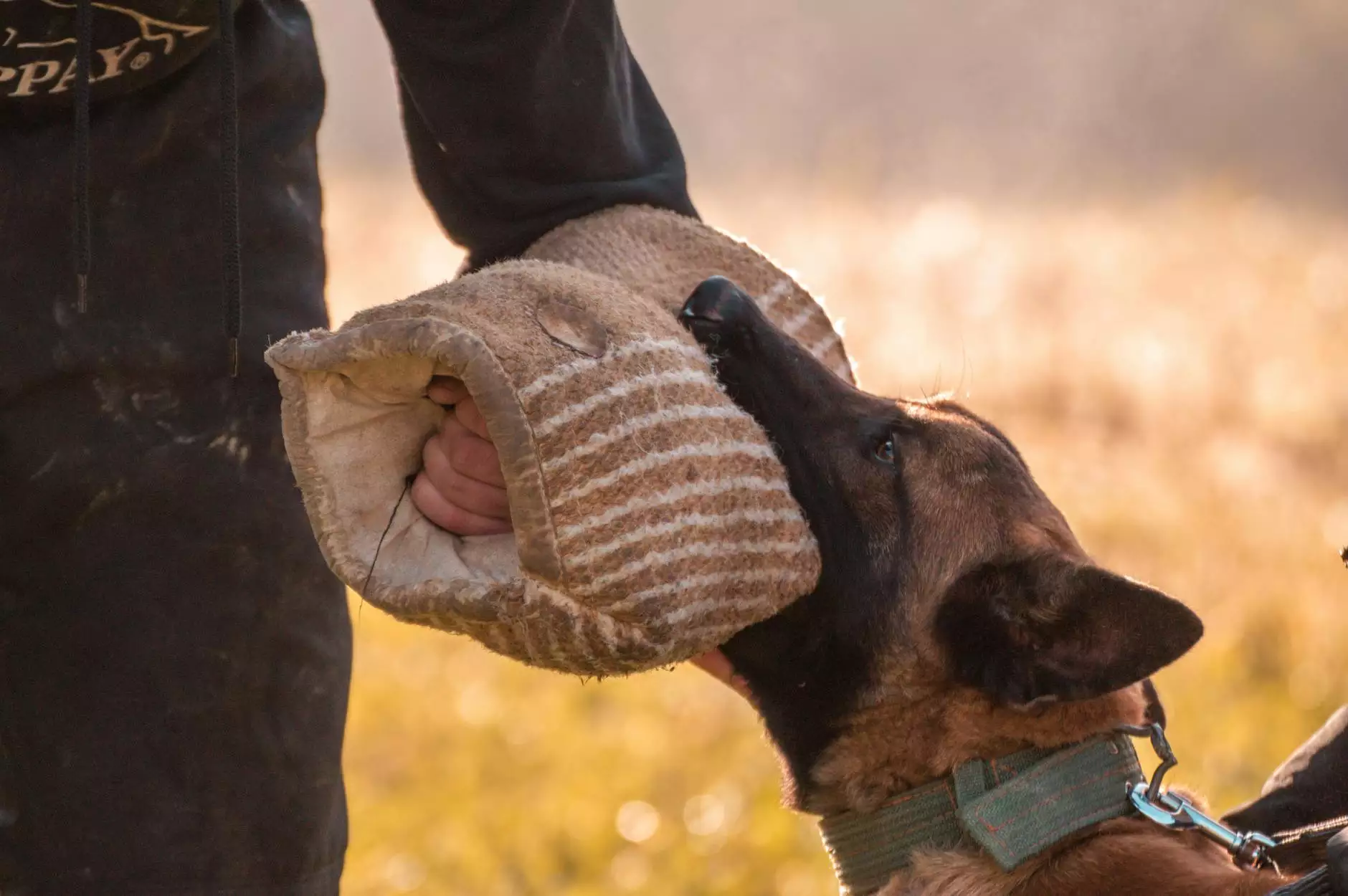Helping Your Dog Through Separation Anxiety
Dog Care
Understanding Separation Anxiety in Dogs
Separation anxiety is a common behavioral issue in dogs that occurs when they become stressed or anxious when left alone. It can manifest in various ways, such as excessive barking, destructive behavior, house soiling, and even self-injury.
Dogs are social animals and naturally form strong attachments with their owners. When they are suddenly separated from their humans, they may experience fear and stress, leading to separation anxiety. Some dogs may be more prone to anxiety due to genetic, environmental, or past traumatic experiences.
Signs and Symptoms of Separation Anxiety
It is important for dog owners to recognize the signs and symptoms of separation anxiety. Some common indicators include:
- Excessive barking or howling when left alone
- Destructive behavior, such as chewing furniture or digging
- House soiling, even when the dog is house-trained
- Attempts to escape or damage doors and windows
- Pacing, panting, or drooling excessively
- Loss of appetite or decreased interest in food
Helping Your Dog Overcome Separation Anxiety
Fortunately, there are effective ways to help your dog overcome separation anxiety and improve their overall well-being:
1. Gradual Desensitization
Gradually expose your dog to the triggers that cause anxiety, such as picking up your keys or putting on your coat, without actually leaving. This helps desensitize them to these cues and reduces their fear response.
2. Stay Calm and Positive
Dogs can pick up on their owner's emotions, so it's important to stay calm and positive when leaving or returning home. Avoid making a big fuss during departures and arrivals to prevent reinforcing their anxiety.
3. Create a Safe Space
Set up a designated area for your dog with their bed, toys, and comforting items. This provides a safe and secure space where they can retreat to when feeling anxious. Consider using pheromone diffusers or calming music to create a soothing environment.
4. Regular Exercise and Mental Stimulation
Physical exercise and mental stimulation are crucial for a dog's overall well-being. Prioritize daily walks, interactive playtime, and training sessions to help reduce excess energy and anxiety levels.
5. Consult with a Professional
If your dog's separation anxiety persists or worsens, it's important to seek help from a professional dog trainer or animal behaviorist. They can provide personalized guidance and create a behavior modification plan to address your dog's specific needs.
6. Avoid Punishment
Punishment is never an effective solution for separation anxiety. It can increase fear and anxiety levels in dogs, making the problem worse. Instead, focus on positive reinforcement techniques to reward calm and relaxed behavior.
Conclusion
Separation anxiety can be a challenging issue for both dogs and their owners, but with patience, understanding, and the right strategies, it is possible to help your dog overcome it. Remember to be consistent in your training efforts and seek professional help when needed. Together, you can create a happier, more relaxed environment for your furry friend.
